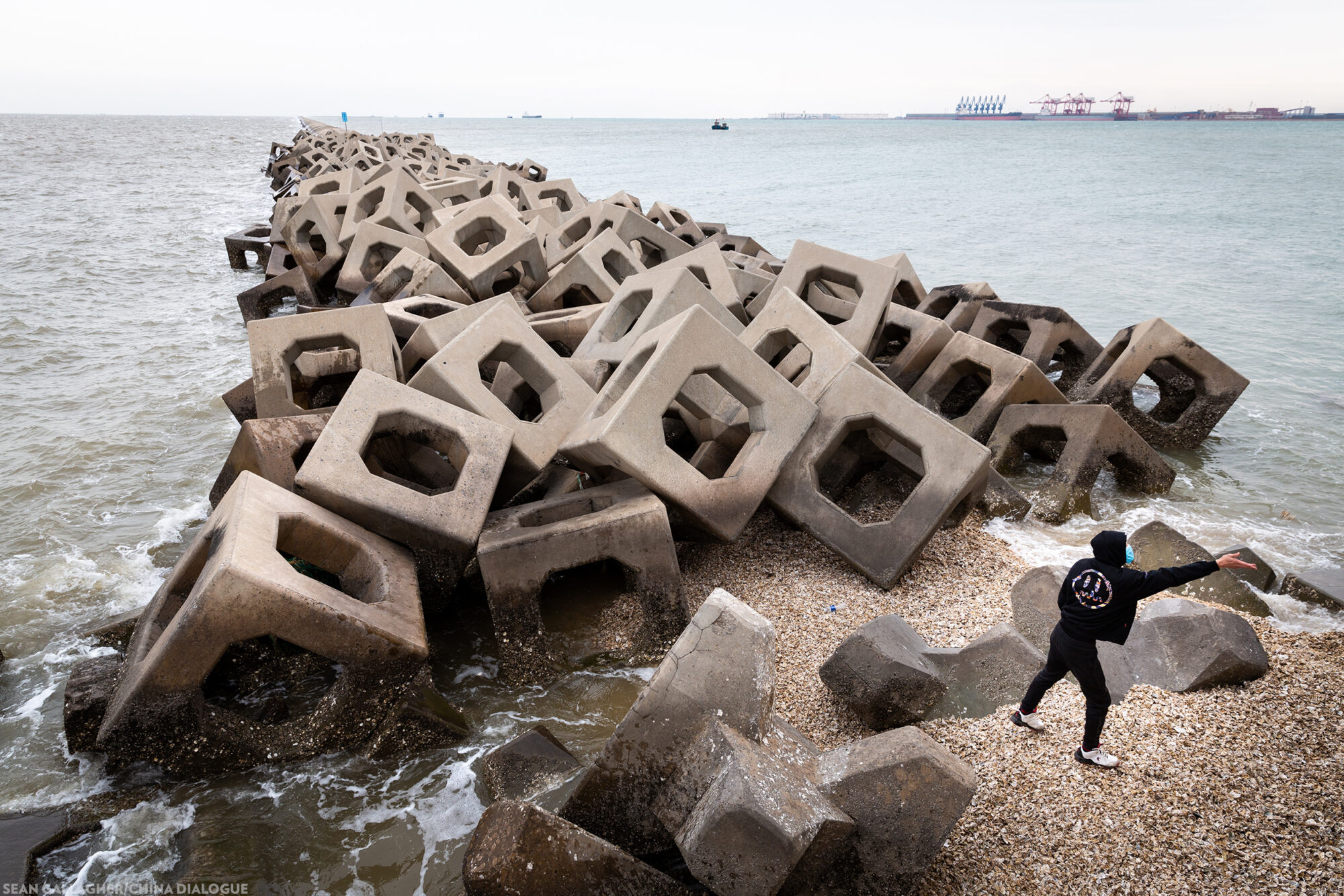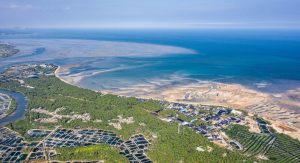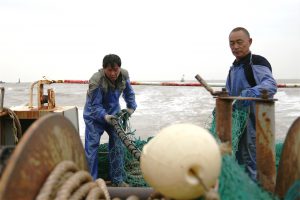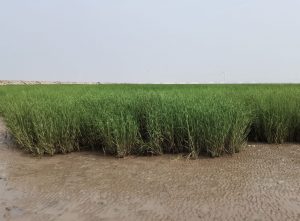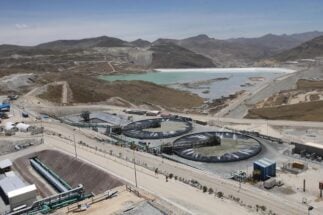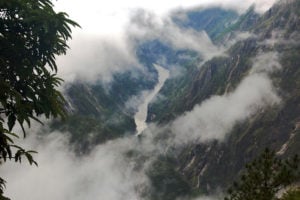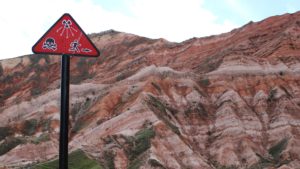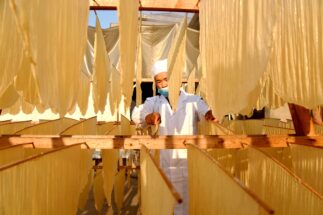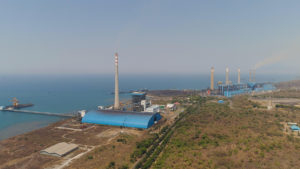Sean Gallagher hasn’t been able to travel for new projects since the start of 2020. At home in Beijing, he’s worried stories are going unreported or missed, and at a crucial moment for understanding the impacts of the climate crisis and associated environmental issues.
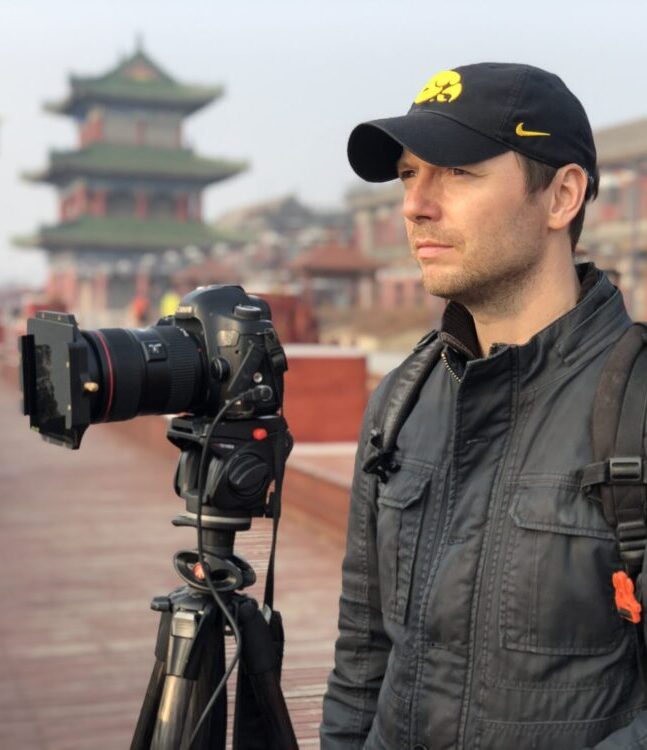
The British photographer and filmmaker is an eight-time Pulitzer grantee who has lived in China since 2006. The country was his main focus when China Dialogue interviewed him back in 2013. He had travelled its length and breadth to document desertification in the west, wetland degradation on the eastern coast, climate change on the Tibetan plateau and air pollution in Beijing, among other issues. But since then, he has expanded this geographic scope into the wider Asia-Pacific region. He believes no country or region exists in isolation, so it’s important to “connect the dots” between shared environmental issues.
For him, climate change is the most important such issue. Among his projects outside China since 2013, two were on sea-level rise as a consequence of climate change, conducted in Jakarta in 2013 and the Pacific island nation of Tuvalu in 2019. After Tuvalu, he decided to document China’s own share of the same problem and produced a photo story called Bohai: China’s Threatened Coastline, which you can see below.
Although Covid-19 has greatly limited what he can do, he was lucky to visit Cambodia just before it became a pandemic. There he documented the runaway expansion of cash crops and rampant illegal logging. He found that these activities, both primarily for the export market, are scorching the forests of the Southeast Asian country.
We talked with him about reporting on Bohai Bay and Cambodia, employing drones in photojournalism, and how China’s environmental image has changed internationally.
China Dialogue: Could you tell us the story behind the Bohai project?
Sean Gallagher: I was looking for climate change-related stories in China and was particularly interested in what was happening in the north. During my research I kind of stumbled upon some articles about rising sea levels in the Bohai Bay region done by Chinese scientists, and a paper published in Nature. From these, I learnt that there are a few places along the coastline most at risk. Bohai Bay is one of them.
I secured some funding from the Resilience Journalism Travel Fund from the Craig Newmark Graduate School of Journalism at CUNY [City University of New York]. I decided to travel from the Luan River estuary in the north to the Yellow River estuary in the south. I spent 11 days travelling all along the coast of Bohai Bay, stopping at different locations and identifying different issues impacting the region, such as sea-level rise, coastal erosion, land subsidence and different types of industry. I was looking at different types of communities, from big cities such as Tianjin to fishing communities along the coast.
The story was first published in the Guardian. It was especially well received because that feature was focused on drone photography, which I now use a lot in my work. The drone gives me a very unique perspective to frame people within the context of the larger environment. All of my work is about trying to remind people of the connection between people and nature, and the drone gave me a really unique perspective to do that.
When did you first use drone photography for your projects?
In 2019, when I travelled to Tuvalu, also to document sea-level rise. It was really revolutionary for me. Now I use a drone in all my projects, including the most recent one: Cambodia Burning. Part of that project is a short documentary shot from a drone’s perspective.
But when you increase the use of drones in your work, is there a danger of giving less exposure to human stories, which feature prominently in your earlier work?
Well, it does make you lose that connection a bit with people, so you have to use it as a compliment to other ways of storytelling. You have to be creative in how you combine other elements with the drone. For example, for the Cambodia Burning documentary, which was filmed with drones, I worked with a Cambodian writer/poet to script the film. The writer’s narrative is in the first person, from which you still get that human emotion, combined with aerial views. It’s still tapping into the human emotion side of the story.
I wanted to give voice to a Cambodian person to communicate this issue. I don’t want to use my voice as an outsider commenting on it.
Could you tell us more about that project? Why is it called Cambodia Burning?
Cambodia is experiencing some of the highest rates of deforestation in the whole world. I went there for three weeks in early 2020 to photograph that issue. What I found was that many of the forests there were clear cut for agriculture. A lot of massive plantations for rubber, different types of fruits and cashew nuts, mainly for export to Asian countries, China included. By doing that, they’re essentially selling their forests.
There is also a lot of timber poaching. Poachers target high-value wood like the rosewood, which is used in the furniture trade. They’re sold at US$20,000 for one tree. Those trees are exported to Vietnam, sometimes getting mixed with other types of wood, and then to Mainland China, where the furniture market has high demand for rosewood, although rosewood trade is banned internationally.
Every dry season, which runs from January to March, there are lots of forest fires. But farmers and loggers are setting the forests to help make way for agriculture and new plantations. You would see fire burning everywhere, every day, and this happens every year. Cambodia has the highest number of fires burning at that time of the year in any place in Asia. I went to a wildlife sanctuary and stayed with some conservationists who are working to stop illegal logging. They work with local military police and forest rangers on patrols to stop illegal logging. The fires in Cambodia are overlooked. I always look for underreported stories. Fires in Brazil and Australia are well documented, but no one was talking about Cambodia.
A decade ago, China was often seen as the “world’s factory”, sacrificing its environment for economic development. In recent years, China has pledged to build an “ecological civilisation” and has cracked down on pollution and rolled out ambitious blueprints for climate, biodiversity and pollution reduction. Do you think China’s international image with regard to the environment has changed? If you do, how does that inform environmental photojournalism on China?
In recent years, it seems there have been regular rafts of initiatives in China aimed at improving the environment domestically, whether that’s in terms of pollution reduction or conservation of ecosystems etc. I’m not sure this has helped improve the country’s international image, however. There is still a legacy of over a decade or more of stories that linger in people’s minds about the environmental costs of rapid societal progression. Also, there is the issue of China’s continued leading role as a user of coal, and hence a global CO2 emissions leader. I feel this still paints the country in a negative light on the subject of the environment.
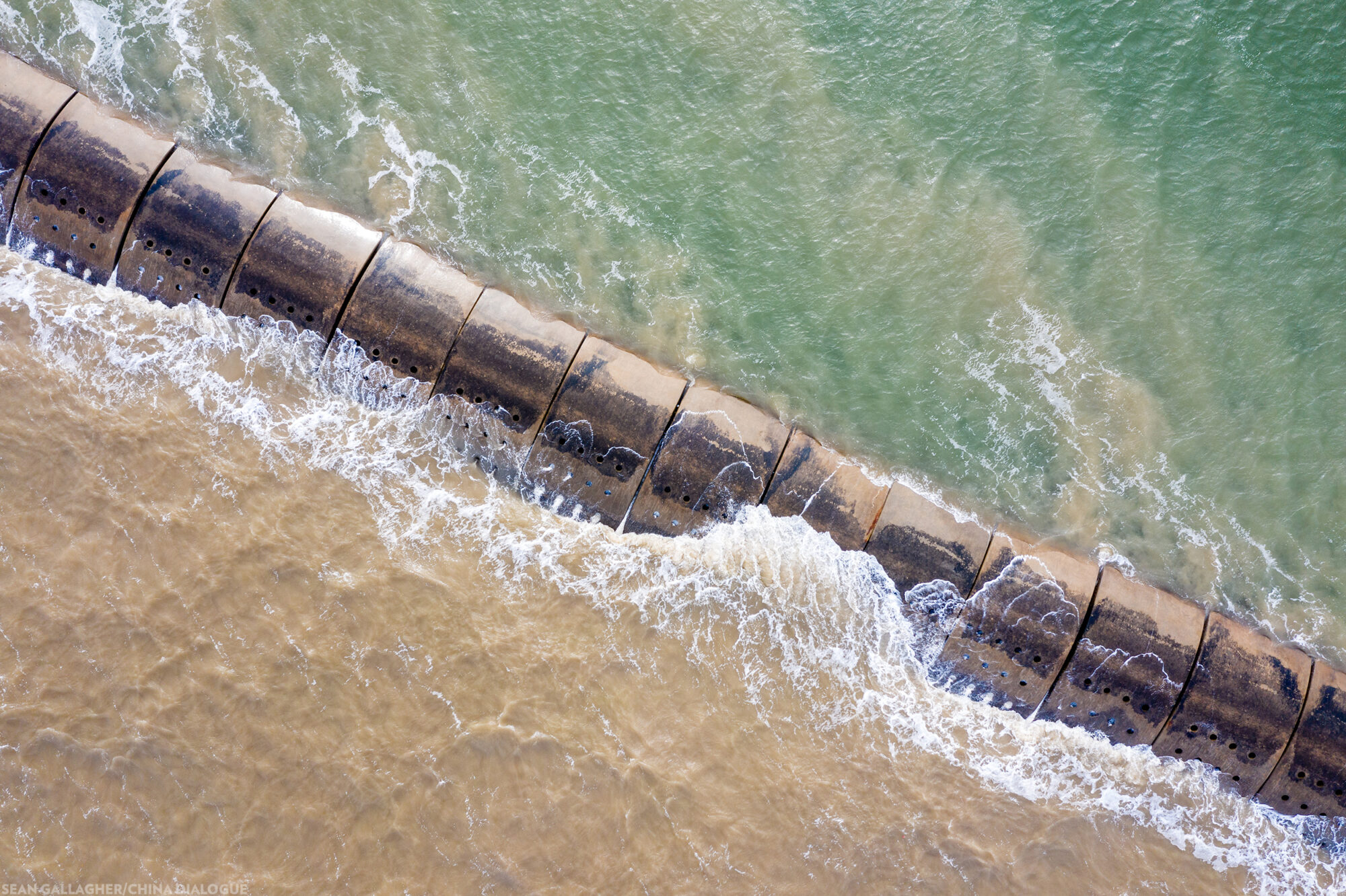
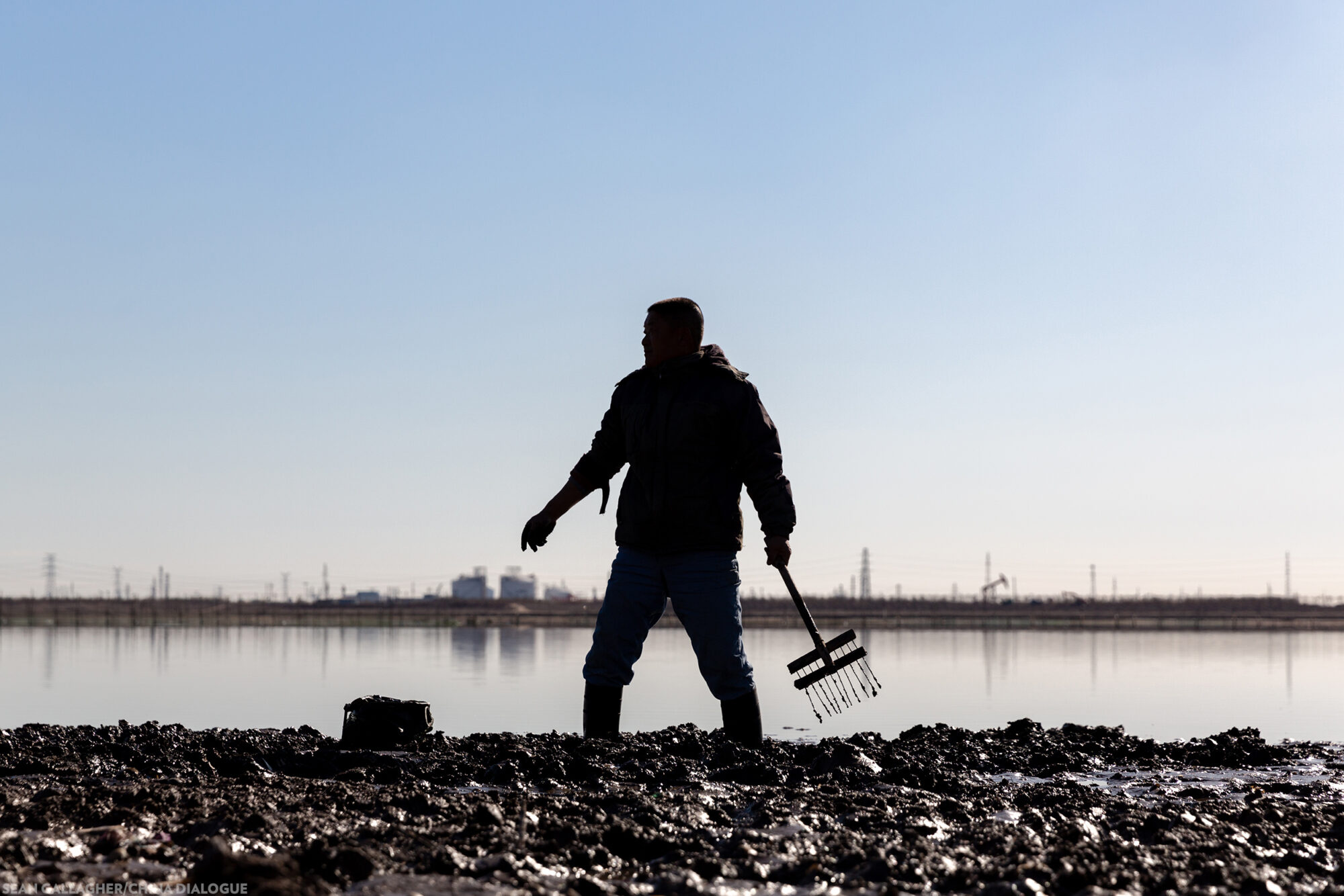
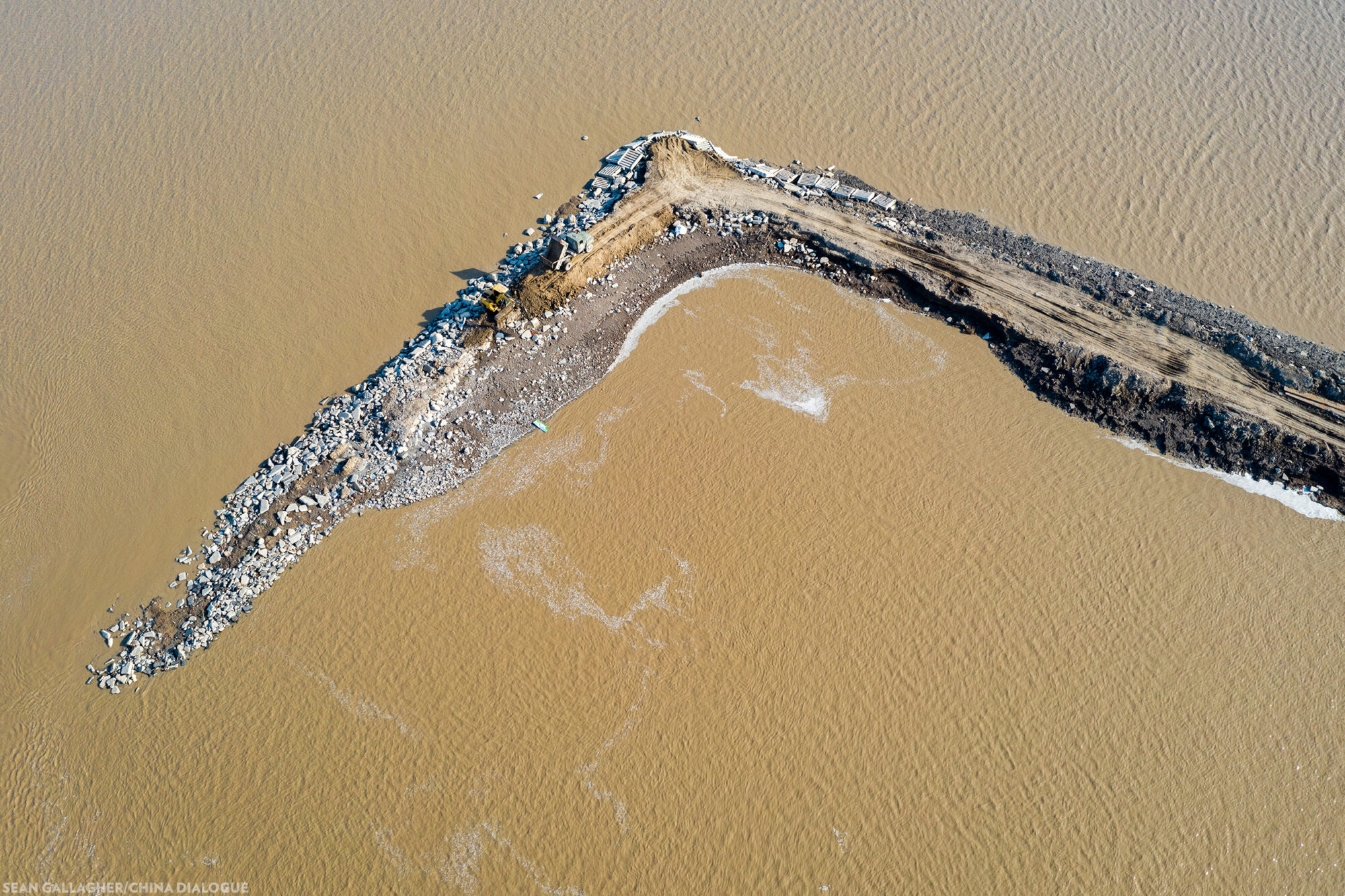
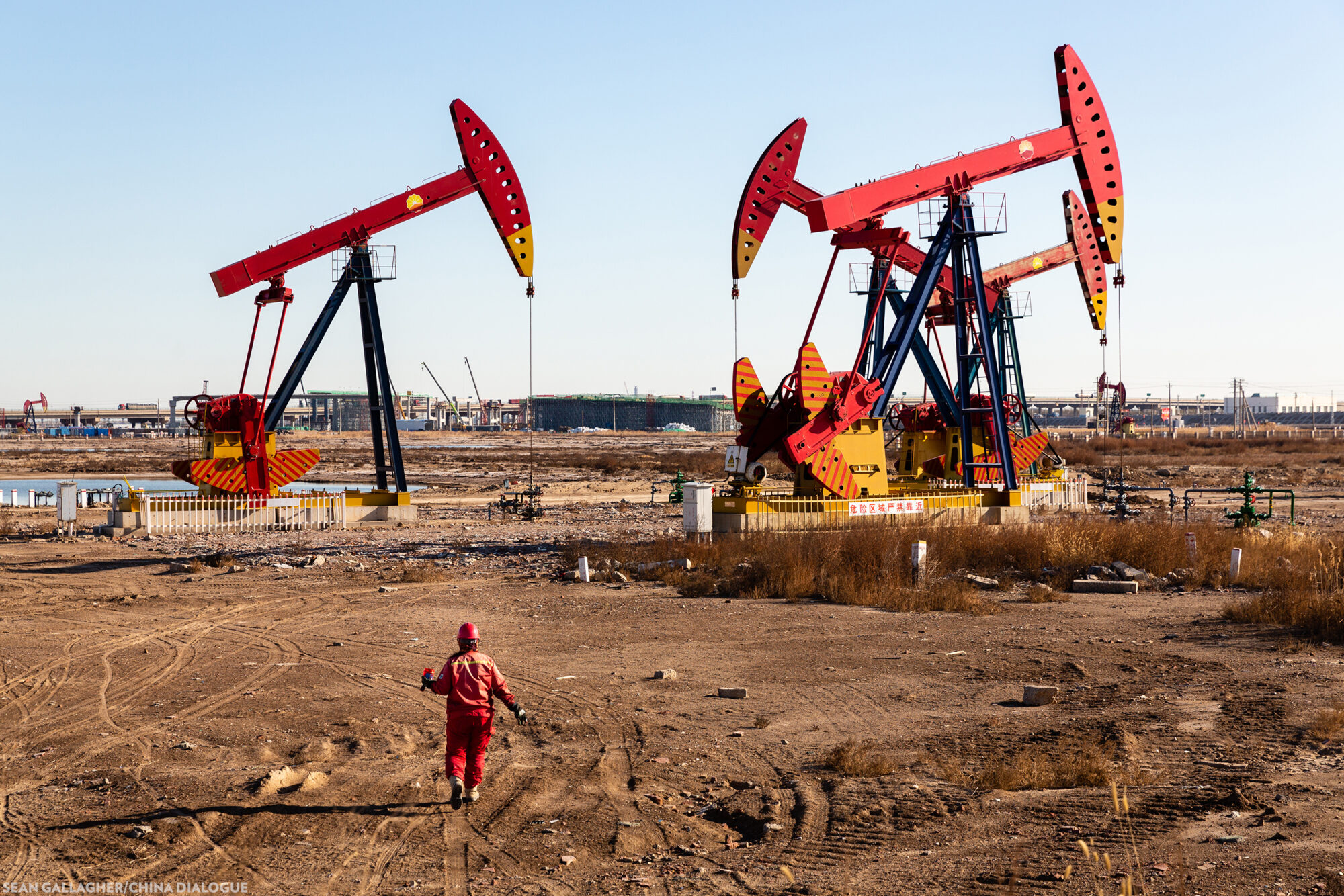
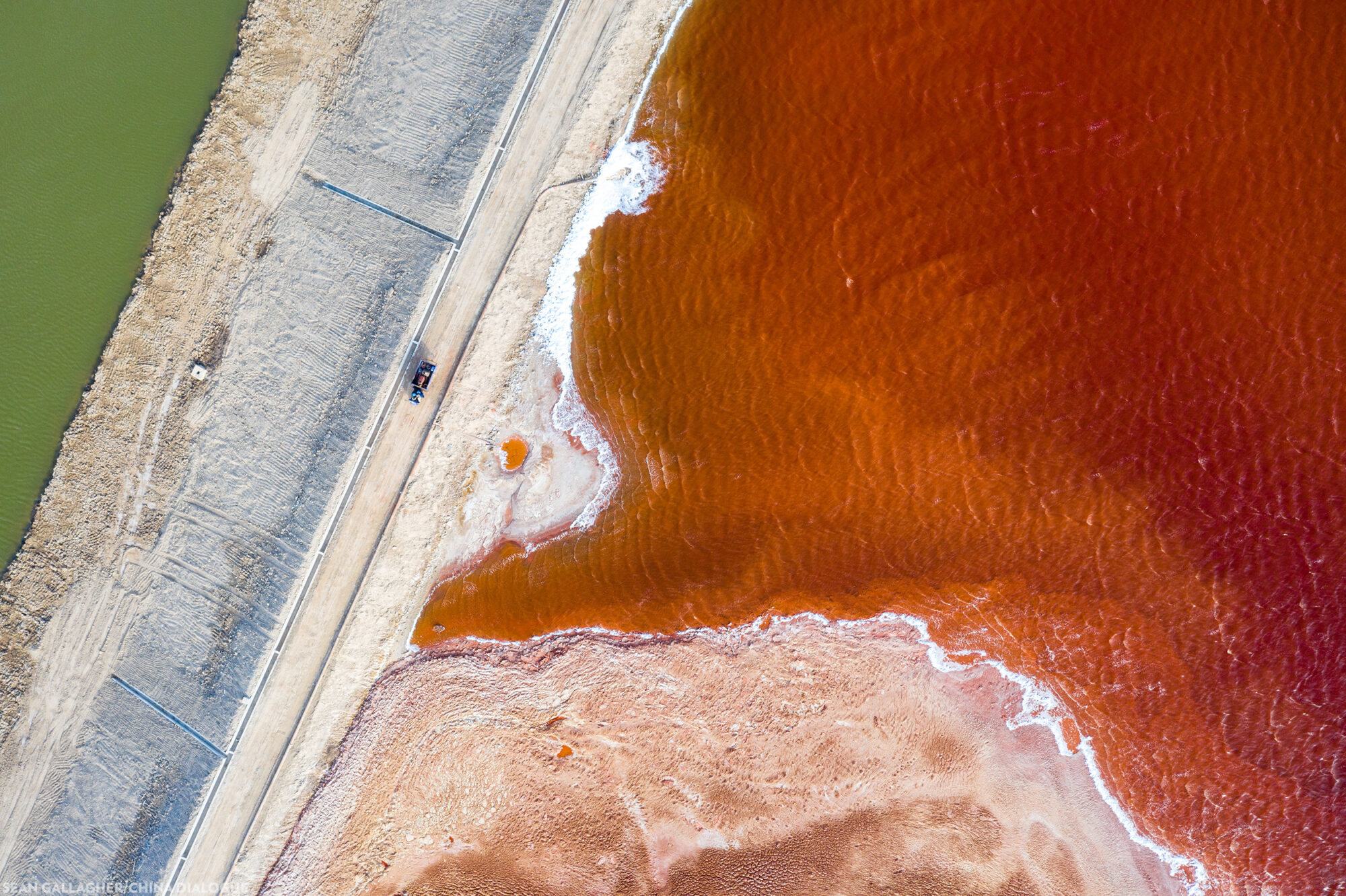
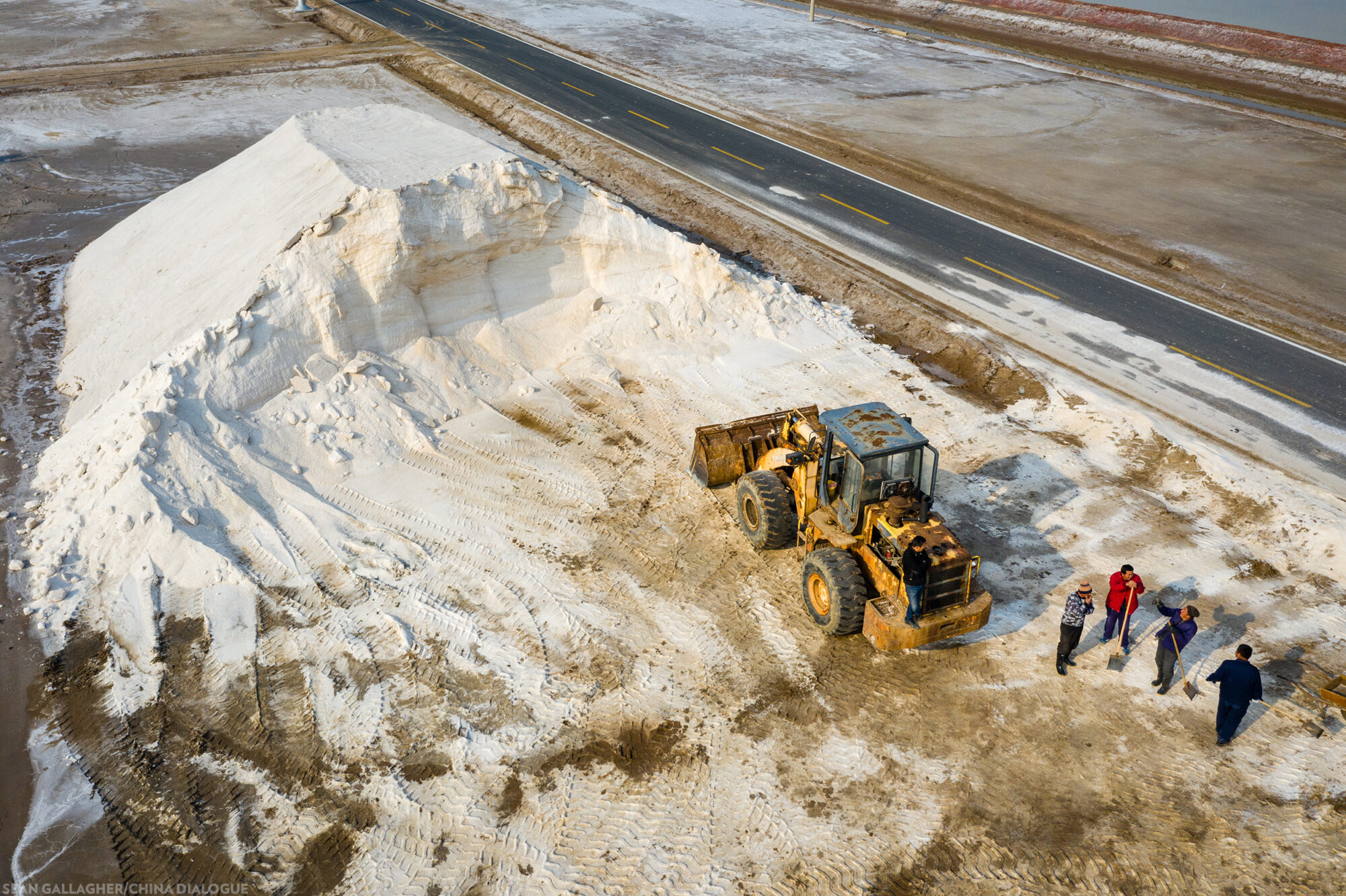

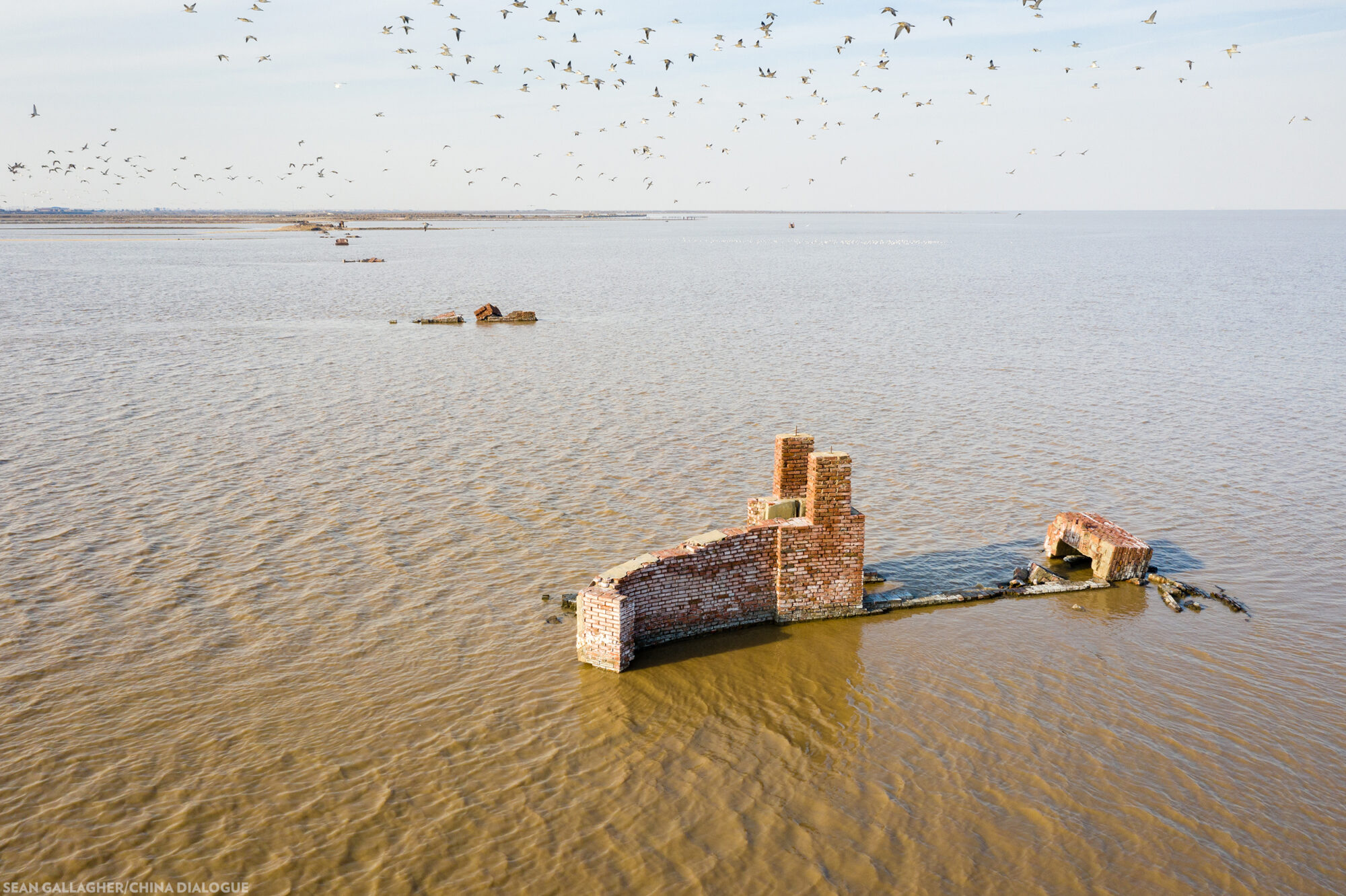
Please note that all images in this story are copyright-protected. They can be republished as part of this article, but not independently of it. Credit information should not be changed.
